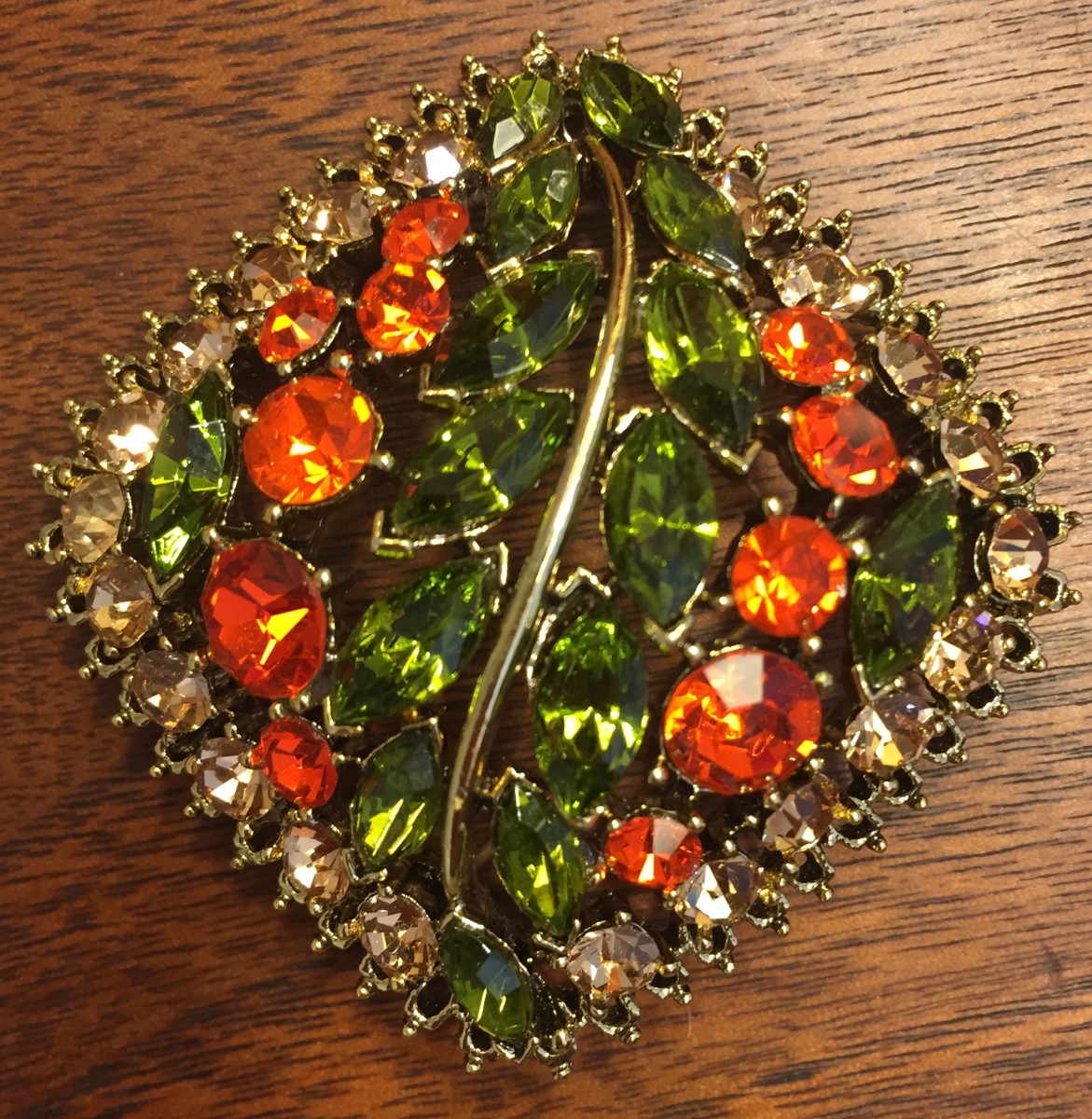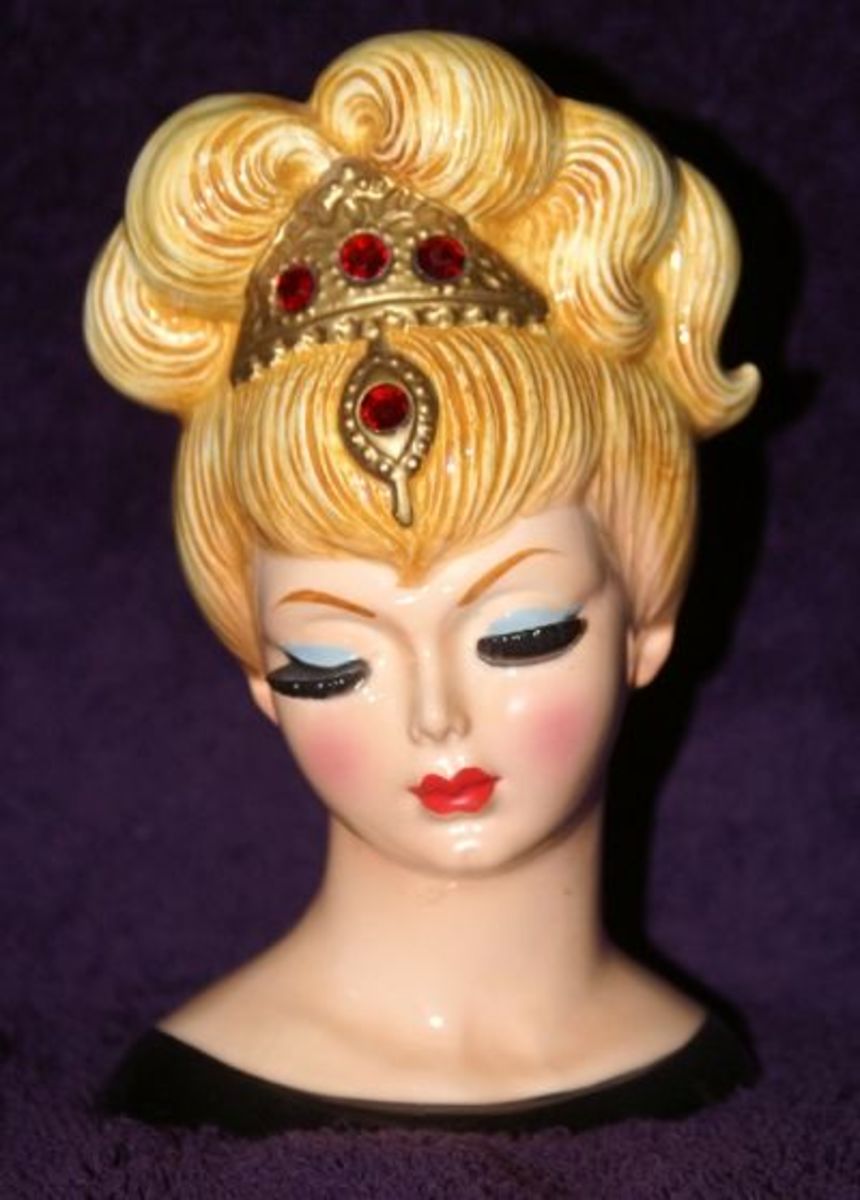Paperweights
Millefiori Paperweights
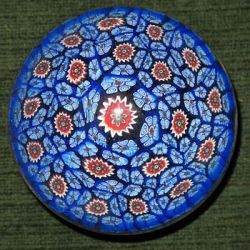
Discover Paperweights
Who can resist paperweights? Made by master craftsmen, they are objects of supreme beauty. Is it any wonder that they were hardly ever used for such a mundane task as securing loose papers?
In the 19th century, educated ladies and gentlemen sat at their desks writing letters and making entries in their diaries. Of course, this opened up a market for manufacturers to produce desk accessories including paperweights.
Although paperweights had been produced in Venice, probably as early as the 15th century, the major period of production was between 1845 and 1860 by the great French glass making factories of Baccarat, Clichy and St Louis. During this period and later, they were made in other countries like the UK, the USA and Bohemia but these generally did not match the superb quality of the three French factories.
Six Millefiori Paperweights
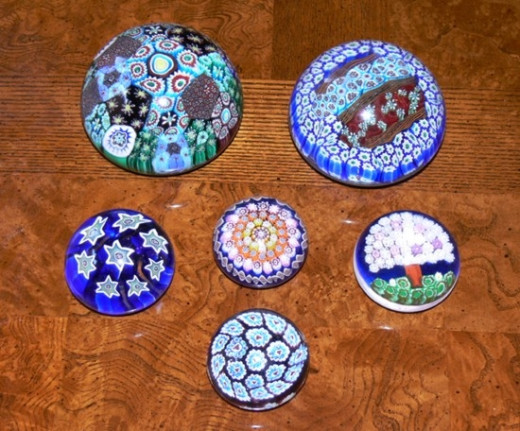
Millefiori - The Best Known Paperweights
There are several different kinds of paperweights. Perhaps the best- known is millefiori, literally a thousand flowers. This is a technique perfected by Venetians glassmakers although probably it was used first in ancient Greece and Rome.
Glassmakers take a number of relatively short, thin, coloured glass canes. These are put together, perhaps in a group of twelve, then heated till they fuse together, still retaining their individual colours. The new, thicker cane is then pulled with pontil rods attached to both ends until it is about thirty times its original length and the diameter has shrunk from perhaps six inches to quarter of an inch. Then it is cooled and cut into very small pieces.
The tiny pieces of fused glass are assembled inside a metal ring. They stand on their ends, so displaying the different colours of original the rods giving the impression of small flowers. They are arranged in a pattern and molten glass is put on top. The millefiori stick to it and more molten glass is added until it is the required size. Before the glass cools it is fashioned into shape and then allowed to cool slowly.
There are a number of traditional patterns using millefiori. For example, in a torsade, loops of coloured, ribbon-like glass encircle the centre design. Then there is carpet millefiori where the patterns are so close together they look like a carpet. In garland paperweights, millefiori are arranged in circles or hoops, giving the impression of garlands of flowers.
Did You Know?
Each glassworks used slightly different coloured rods to make millefiori so the colours in a paperweight can be a guide to attribution.
Watch a Millefiori Paperweight Being Made - You also see how they make the preliminary canes
If you read my description of how millefiori paperweights are made, you might not be able to visualise the process. Well, a picture is worth a thousand words and so is a video showing how millefiori canes and then the paperweights are made.
How Millefiori Glass Paperweights Are Made
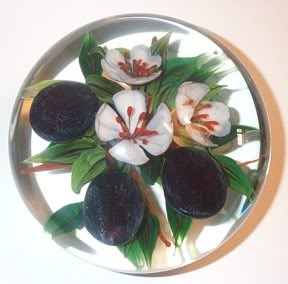
Lampwork Technique for Making Paperweights
Lampwork, a technique perfected by Venetian craftsmen in the 16th and 17th centuries, is another traditional method of making paperweights.
Small pieces of coloured glass are heated using a blowlamp until they are molten. They are shaped into flowers, animals or other design and then encased in glass to produce the finished object.
The designs in a paperweight produced by lampwork can be amazingly realistic and can give the impression that a real flower or butterfly, for example, have been used instead of ones made from glass.
Michael Lee Chin Crystal Paperweight

Encasing Sulphides in Paperweights
Another technique for making paperweights involves using sulphides, sometimes called cameo encrustations.
During the 18th and 19th centuries ancient classical objects came into fashion. Of course, there weren't enough ancient Greek and Roman artifacts to satisfy demand so reproductions were made in a variety of materials. This led to cameos and other decorative porcelain plaques being made into paperweights. Encasing porcelain in glass was a revolutionary technique bringing with it a number of problems, the main one was finding a ceramic material that could withstand the heat of molten glass.
French craftsman, Pierre Honoré Boudon de Saint-Amans and British glassmaker, Apsley Pellat, separately perfected the technique in the early 19th century. In 1819 Pellat patented Crystalo Ceramie, a kind of porcelain with a higher melting point than glass.
The technique that both Apsley Pellat and Pierre Honoré Boudon de Saint-Amans used was to make a sulphide plaque, fire it and allow it to cool. It was then gradually reheated while a bubble of glass was blown. When the bubble was the right size, a slit was made in it, the plaque inserted and the hole pinched together to seal it. The glassblower then sucked the air out of the bubble so collapsing it onto the sulphide plaque.
There is another technique used for encasing sulphides; glass is placed above and below the plaque rather than the sulphide going inside a glass bubble.
Making a Paperweight
Top Tip
Beware of paperweights with poorly modelled flowers or other designs. They are a sign of inferior workmanship.

Books about Paperweights - If you want to collect them, buy a reference book or two on the subject
If you want to start a collection of glass paperweights, don't find out about them through trial and error. Having the books at home means you can check information and look at pictures any time.
Read what the experts have written and start out with a better idea of how to identify manufacturers and the age.
By doing this before you start spending money on your glass collection, you can avoid expensive mistakes.
Modern Paperweights
After about 1860, the era of fine paperweight making was over. It wasn't until 1950 that they came back into vogue and production began again in earnest in factories in many different countries. Caithness Glass is one of today's leading manufacturers producing a wide range of designs, sizes and shapes from the traditional round dome to oblongs, mushrooms and elongated domes.
There are also talented individuals producing paperweights. The best known is probably American Paul Stankard, who describes himself as an artist in glass. No less an authority than Dwight P. Lanmon, director of the Winterthur Museum Garden and the former director of the Corning Museum of Glass says Paul Stankard has established the standard by which to judge modern paperweight art.
As well as the traditional shape, he makes them as cubes, orbs and oblongs and they contain the most delicately beautiful and realistic flowers. His work is displayed in New York's Metropolitan Museum of Art, the Musée des Arts Decoratifs in Paris and the Hokkaido Museum of Modern Art in Japan.
Paul Stankard Talking About his Art

Paul J. Stankard - Artist in Glass
Paul J. Stankard is said by many to be the greatest living glass artist. He is famous for his beautiful paperweights and their intricate and original designs.
His paperweights often feature flowers made of glass that you could easily believe were real flowers preserved in glass.
Even the smallest tendril and leaf is made from glass and positioned precisely. Some of his work includes bees, dragonflies and other insects, also made from glass.
A Collection of Glass Paperweights
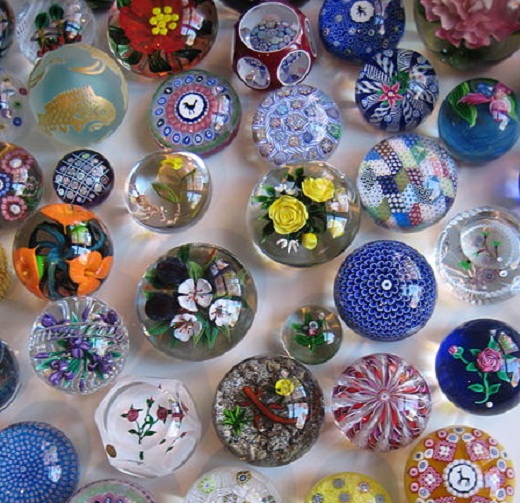
Collecting Paperweights
Antique glass paperweights are very collectable and some of the best ones, particularly those from the French factories Baccarat, Clichy and St Louis can command very high prices. For example, a Clichy paperweight in the shape of a basket of flowers sold in 1990 at Sothebys for $258,500.
In 2001 another sold on eBay for $20,229 Australian, the equivalent of about £7300. The most surprising part of this story is that it was put up for auction without a reserve because the seller didn't realise it was a rare Baccarat picture paperweight. Although the seller received numerous emails during the 10 day auction, up until minutes before bidding ended, the top bid was only a few hundred Australian dollars. With seven minutes to go, bids poured in from all over the world and went from A$800 to A$20,229. By coincidence, the winning bidder lived close to the seller in Australia.
Collectors can buy paperweights from just a few pounds but, like most collectables, unless you are very lucky, the more you can afford to pay, the more likely new and antique examples are to hold or increase their value.
With antique paperweights, it's unlikely you will find a bargain made by any of the three great French factories. It's a case of buying the best examples you can, whether they are new or old. Regardless of the cost or the date of the paperweight, buy ones that you love to hold and to look at. These will give you pleasure far outweighing their value at auction or in an antique shop.
© 2008 Carol Fisher



